关于《新加坡基础设施争议管理协议》的说明
![]()
律 盟 网
http://www.lawfirmleague.com
A NOTE FROM INDRANEE RAJAH S.C.,MINISTER IN THE PRIME MINISTER’S OFFICE, SECOND MINISTER FOR FINANCE AND EDUCATION.
腾飞-《新加坡基础设施争端管理议定书》
这是一个新的游戏——新加坡基础设施争议管理协议(SIDP)。财政部长Heng Swee Keat于2018年10月23日在第8届亚洲 - 新加坡基础设施圆桌会议(ASIR)上向国际基础设施界宣布,这是旨在促进亚洲基础设施发展的两个新的新举措中的第二个(第一个是亚洲基础设施 ,之前在www.mof.gov.sg上说明中介绍过)。

The Gordian Knots of Infrastructure Disputes
Among the biggest headaches of infrastructure related disputes are the time and costs involved. Once mired in a major dispute, project work can grind to a halt while the parties slug it out in court or arbitration, even as the clock keeps ticking, and financial and other contractual obligations keep running. It can take years before the matter is resolved.
This is a function of several factors. Infrastructure disputes are inherently complex, being a tangled combination of legal, technical and financial issues. Remedial measures may be technically difficult. Legal issues may not be properly crystallized until late in the day, resulting in legal work already done being wasted and having to be undone or re-done. Parties are often at cross-purposes and take entrenched positions which are difficult to unwind.
Also insufficiently appreciated (and therefore not paid attention to) are cross-cultural factors e.g. the Asian concept of “face”, which can trip up the unwary or uninformed, leading to stalled negotiations, misunderstandings or genuine bewilderment at the other party’s position.
Infrastructure disputes can be veritable Gordian Knots.
While current dispute resolution mechanisms - arbitration, litigation and mediation - are still relevant and necessary, it appeared to us that something extra and complementary was needed to unravel infrastructure disputes and save time and costs. The SIDP was developed with this in mind.
Lessons from Alexander
It was Alexander the Great, of course, who undid the original Gordian Knot of Phrygia1, though historical accounts of his solution differ - some say he pulled the knot out of the pole pin, others that he pulled the lynch pin out of the yoke while yet others maintain that he simply yanked out his sword and cut through the knot, on the basis that it didn’t matter how the knot was undone, so long as it was undone!

We will never know what Alexander actually did since the facts and evidence are lost in the mists of antiquity, but the very modern moral of the story, for our purposes at least, is that there are many ways to solve an intractable problem but the key to all of them involves getting to the heart of the problems, identifying what is weighing them down and figuring out what needs to be done in order to effect release. This is the underlying thinking of the SIDP.
Things to Know about the SIDP
1. What exactly is the SIDP?
The SIDP is a comprehensive dispute management mechanism to help parties proactively manage differences upfront in order to:
• prevent them from escalating into full-blown disputes; and
• where disputes have already arisen, minimise time and cost overruns.
Under the SIDP, parties will at the outset (before any dispute arises) appoint a Dispute Board comprising up to three neutral professionals. The Dispute Board will follow the project from start to finish and proactively help to manage issues as they arise, through a range of customised dispute avoidance and resolution processes. The Protocol can be accessed at www.mlaw.gov.sg.
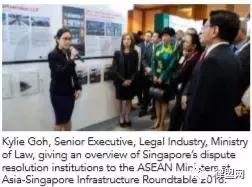
The essential idea is that parties to infrastructure disputes would benefit from having neutral third parties to advise on the conflict, identify issues and suggest practical solutions even before the matter gets into court or arbitration. That way it may possible to avoid litigation or arbitration altogether or if unavoidable, then at least for issues to be properly crystallized, relevant bases covered and for the project to keep moving and not be stalled pending final adjudication.
2. How is the SIDP different from other Dispute Boards?
But, some may point out, Disputes Boards have been around a long time and used in infrastructure disputes in the US and Europe. So what’s new or different about the SIDP?
While it is correct that Dispute Boards are not new, the SIDP has expanded the original Dispute Board idea and turned it into a comprehensive dispute management tool.
It has a number of unique features:
• We are the first in Asia to offer a framework under which a combination of dispute methods could be applied in a customised way to resolve disputes – combining mediation, non-binding opinions, determination and high level management consultations.
• We have re-designed the process so that disputes and issues are addressed as and when they arise. In doing so, the SIDP helps to anticipate issues and prevent differences from snowballing and escalating into full-blown disputes which then become difficult and expensive to resolve.
• The SIDP Disputes Boards are established under an institutional framework. Parties can access full professional and administrative support (including meeting, escrow and other administrative services) through either (a) the Singapore International Mediation Centre (SIMC) for international disputes or (b) the Singapore Mediation Centre for local disputes (SMC).
• Given the complexity of infrastructure projects, Dispute Board members must necessarily be professionals with relevant expertise, in whom the parties can repose a high degree of trust and confidence, both in terms of domain knowledge as well as impartiality and objectivity. Ideally, they should also be attuned to and able to bridge cultural differences. The SIMC and SMC can help with identifying and appointing Dispute Board members. SIMC and SMC’s panel of SIDP Dispute Board members includes not only legal experts, but also experts in engineering, architecture, and quantity surveying.
3. How does the SIDP sit with other modes of dispute resolution?
The SIDP complements and facilitates other modes of dispute resolution.The role of a judge or arbitrator is to adjudicate. They come in when the dispute is already well under way. The role of the SIDP Board on the other hand starts much further upstream with a view to helping parties sort out not just legal issues but where appropriate even technical or operational ones before they can become full blown disputes.
• If the SIDP succeeds in helping parties avert a dispute altogether, then the other modes of dispute resolution need not be triggered, saving time and cost.
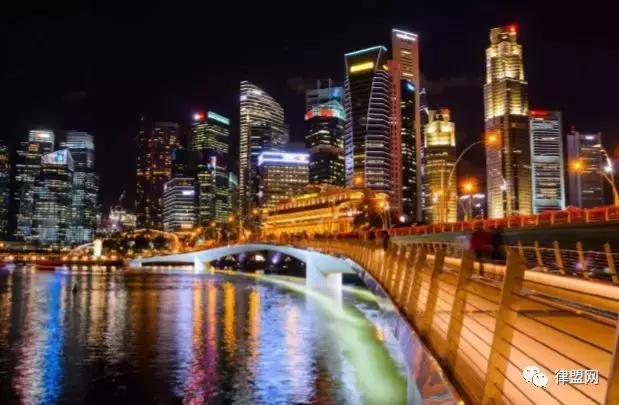
• However if a dispute is unavoidable, the SIDP can assist by eliminating extraneous matters and narrowing down issues for adjudication or mediation thereby also saving time and cost. The SIDP is the newest addition to the suite of dispute resolution options offered by Singapore, which parties can select and use in a customized manner to manage their disputes, according to their needs and preferences.
4. What projects are suitable for the SIDP?
The SIDP is intended for use in projects of S$500 million and above, in order for the appointment of the Dispute Board to be cost-effective. It would be particularly useful for mega infrastructure projects.
5. Who needs to know about the SIDP?
Pretty much everyone along the infrastructure value chain who is concerned with on-time and on-cost delivery. This would include:
• Project Sponsors - who would want assurance that disputes can be effectively managed;
• Financiers - as it has a bearing on risk exposure, and thereby on assessment of bankability;
• Project Consultants and Contractors - for whom access to neutral third-parties with technical knowledge who can help manage differences and disputes will be reassuring; and
• All other professionals involved in infrastructure disputes.
6. Who designed the SIDP?
Given that infrastructure involves both the public and the private sectors, we felt that the SIDP had to be the product of a collaboration by both in order to be viable. Hence, the working group which designed the SIDP comprises eminent private sector infrastructure and dispute resolution specialists as well as officials from the SIMC, SMC and the Singapore Ministry of Law.
7. How can the SIDP be incorporated into a project?
Parties who wish to use the SIDP should include an appropriate clause in their contract. The following is a standard clause which parties can use as it is, or adapt to suit their needs: “Parties shall establish a Dispute Board in accordance with the Singapore Infrastructure Dispute-Management Protocol 2018 (“the SIDP”), which is incorporated by reference. The Dispute Board shall comprise of [one/ two/three] member[s]. The Dispute Board shall assist parties in preventing, managing and resolving differences or disputes in accordance with the terms of the SIDP.” The SIDP is flexible and versatile, and can be customised to suit parties’ and project needs. It can support both contracts between the developer and the contractor, as well as contracts between the contractor and the sub-contractors.
Those interested to find out more about the SIDP may contact:
• the SIMC at [email protected]; orthe SMC at [email protected] for more information.
Ramping Up Capability
Singapore is already home to many experienced professionals who provide services in the infrastructure space.
However, given the projected demand for infrastructure, more will be required. There is therefore a need to build capability. Professionals looking to enter the infrastructure space may want to consider the following: The National University of Singapore (NUS) Faculty of Law’s new infrastructure programme called, “The Project Finance Academy”, from 14 to 16 November 2018 under the auspices of its Centre for Banking and Finance Law:
• This is a three-day practical “hands-on” workshop that will take participants through the main legal considerations in structuring project finance transactions.
• It will address practical issues relating to infrastructure projects such as how to structure documents, negotiate deals, and anticipate and deal with potential issues.
•Those interested may register at https://tinyurl.com/ projectfinanceacademy. Eligible Singaporeans aged 25 and above can also use their $500 SkillsFuture Credit to offset the course fee of $1,284. Then there is SMU’s Asia Leaders Programme in Infrastructure Excellence (ALPINE):
• ALPINE is open to players in the infrastructure space and targeted at professionals with at least six years of experience in infrastructure who want to deepen their knowledge.
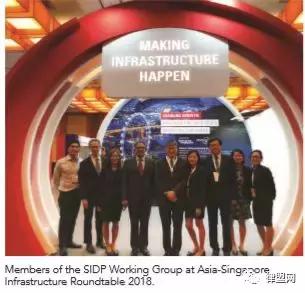
• ALPINE brings together leaders in the infrastructure space to share and gain an understanding of each other’s perspectives and objectives. Professionals can also be seconded to other players in the infrastructure space such as developers or multilateral development banks to work on projects and build up regional networks. Members
Conclusion
As capability grows and more talented professionals gravitate to the sector, we will benefit from better ideas and solutions to crack infrastructure issues and unlock the full potential of infrastructure in Asia, benefiting current and future generations.
-END-

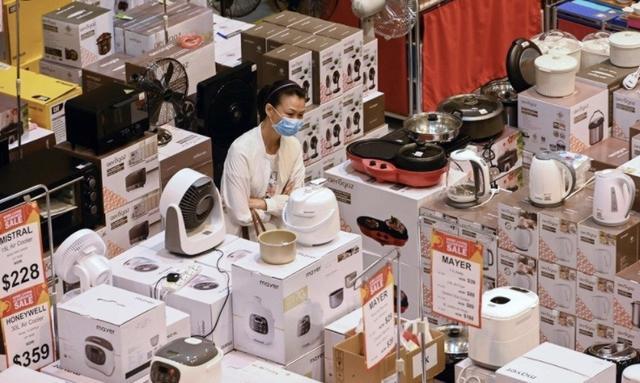


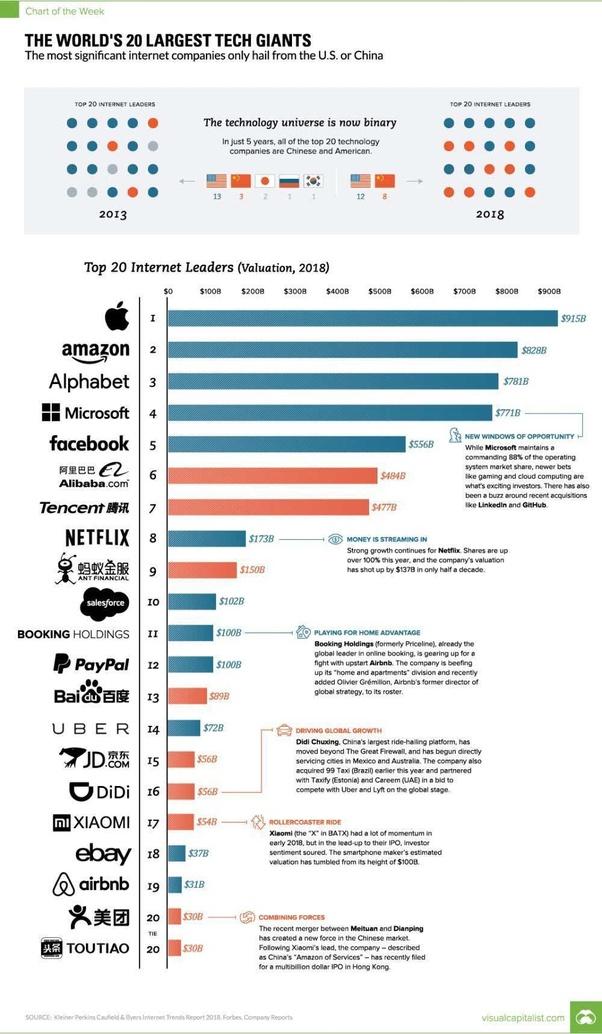
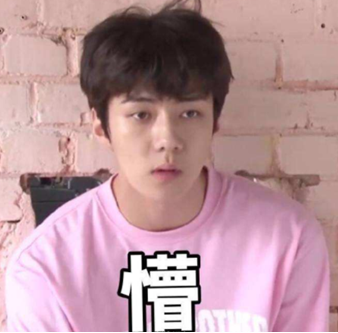










评论